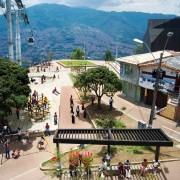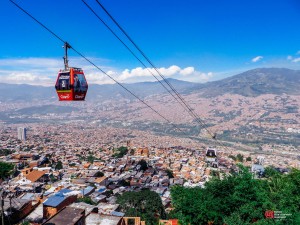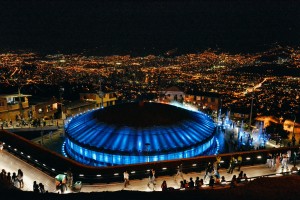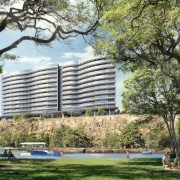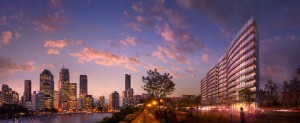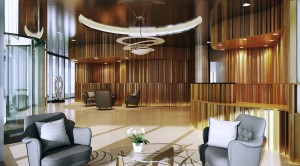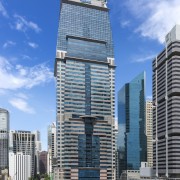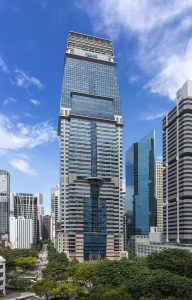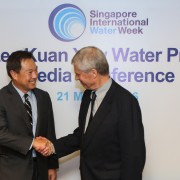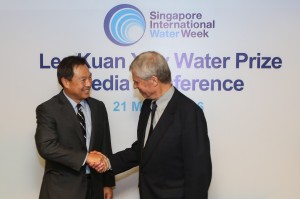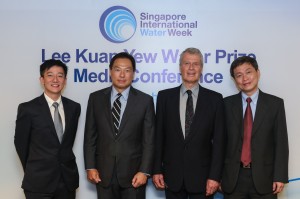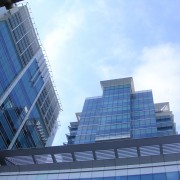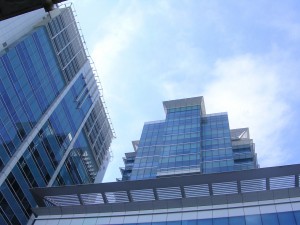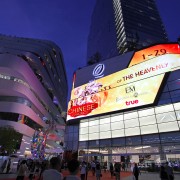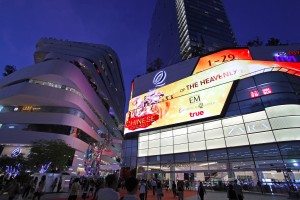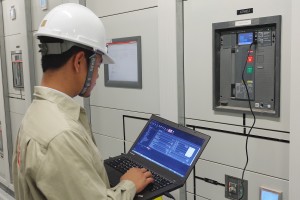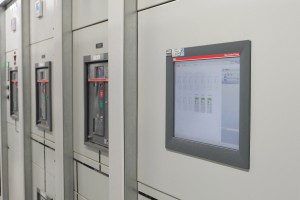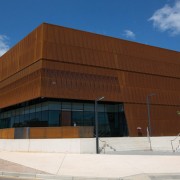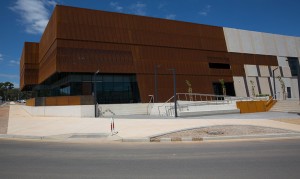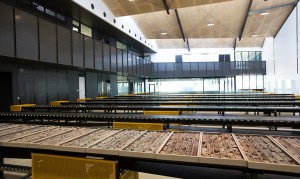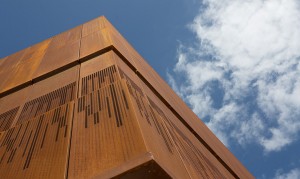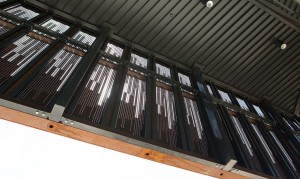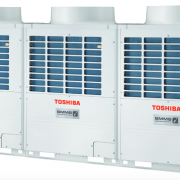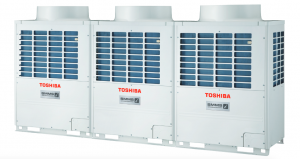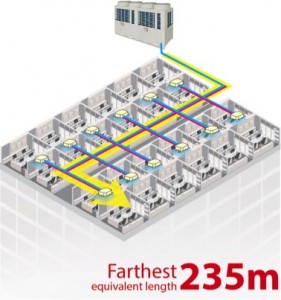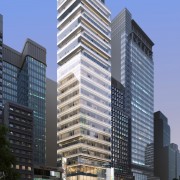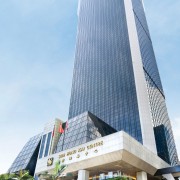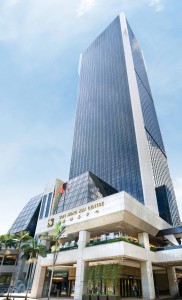Reading Time: 3 minutes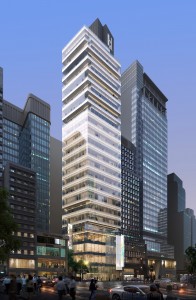
The building’s
unique architecture provides maximum flexibility and
eco-friendly features
to accommodate a range of exhibition and
entertainment needs
Henderson Leasing Agency Company Ltd., as a wholly owned subsidiary of Henderson Land Development Company Ltd. (collectively called “Henderson”) as well as the leasing and marketing agent of the development H Queen’s (HQ), has announced a new public art programme Time & Scale: 10 Hong Kong artists at HQ in preparation for the 2017 launch of its latest development.
“Over the years, Henderson has witnessed the growth in Hong Kong’s art and cultural landscape. The art scene has transformed dramatically in recent years and we hope to inspire conversation about the role of Hong Kong on the global art stage through compelling pieces by Hong Kong talents,” says Kristine Li, Assistant General Manager of Henderson Leasing Agency Company Ltd.
“HQ is a game changer. The building incorporates an historic setting with an advanced modern design and a premium tailored space that capitalises on the urban backdrop of Central. Committed to forging a creative community and making Hong Kong a more vibrant place to live. HQ presents this programme to bring art closer to the general public.”
To be unveiled on 21 March during Hong Kong’s period of art celebration when connoisseurs globally flock to the city, Time & Scale: 10 Hong Kong artists at HQ is the first time 10 of Hong Kong’s most notable artists have joined forces to create captivating artwork on the building’s hoarding
This select group of established and emerging contemporary artists were invited to answer the question of what it takes to make or change a culture and have their responses showcased in one of the largest scale public art hoardings seen in Hong Kong HQ’s hoarding, an art platform widely visible to the public until the last quarter of 20 comprises three sections, Queen’s Road Central (measuring 12 metres x 5 metres), Pottinger Street (36 metres x 3 metres) and Stanley Street (2r2metres x 3 (metres). Artist featured inclue Frog King (Kwok Mang Ho),
Lam Tung pang, Ho Sin Tung, Bosco Law, South Ho, Damon Tong, Esther Poon, Stanley Siu, and Peggy Chan.
Designed by renowned architect and artist William Lim of CL3 Architects, and occupying a prime location on 80 Queen’s Road Central, HQ will b an architectural icon and a showcase for the city’s top artistic and ifesetyle ventures.
With an emphasis on spaciousness, functionality, eco- friendliness and energy efficiency, HQ is specially designed ideal kthspaces for art exhibitions, as well as floors dedicated for exclusive retail and dining establishments. Situated in the centre of Hong Kong’ s art and lifestyle hub, the award-winning building offers esthetes and gourmets around the world an unparalleled contemporary experience.
Featured Artists
The outdoor exhibition will feature works by celebrated Hong Kong artists, including Frog, King (Kwok Mang Ho) and, Lam Tung-pang.
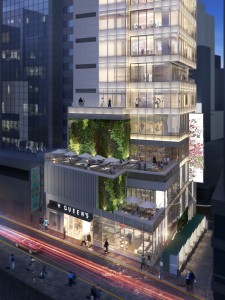
An iconic landmark design with all glass
mullions at the podium portion to create a glass box effect
Since 1967, Frog King has exhibited his works in over 3,000 art events worldwide. In 1998, he received the coveted Hong Kong Arts Development Council Emeritus Fellowship award, and also represented 5th Venice Biennale in 2011. In 2015, his works were featured in Mobile M+: Live Art presented by West Kowloon Cultural District
An MA graduate of Central St Martins College of Art, London, Lam Tung-pang is recognised for his paintings and sculptures that interpret social content using a combination of traditional and modern techniques. He has received numerous scholarships and awards including The Schoeni Prize -Sovereign Asian Art Prizes (2006) and Young Artist of the Year – Hunting Art Prize, U.K. (2005).
From 21 March, the Stanley Street façade will double as a canvas for Lam’s drawing that incorporates old and new images of Hong Kong. The HQ public art programme will also present works from 8 emerging artists. Representing the next generation of contemporary artists, Ho Sin Tung, Bosco Law, South Ho, Damon Tong, Esther Poon, Stanley Siu, Tony Ng and Peggy Chan will apply their creative visions t the foot tunnel adjacent to HQ.
Living Free
The site-specific art forms will range from intricate illustrations to photography and mix media collages to colrful yarn installations. Many of the exhibits will feature interactive elements to engage and connect passersby.


